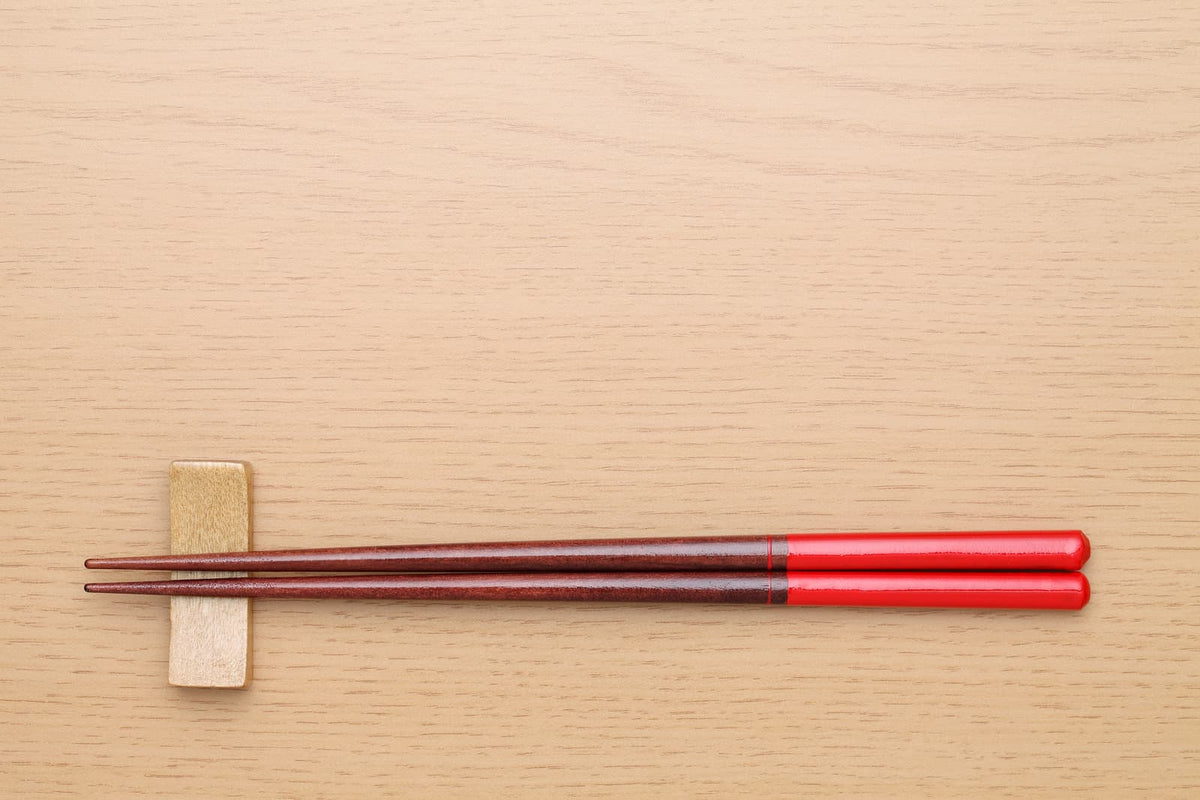

Chopsticks, or hashi (箸) as they are known in Japanese, aren't just utensils; they're a gateway to fully experiencing Japanese cuisine and culture. While they might seem challenging to use at first, with a bit of practice, you'll find them to be both practical and enjoyable. This guide will walk you through the basics of using chopsticks and how to make the most of them when enjoying Japanese snacks.
The Basics of Using Chopsticks
Holding Chopsticks
- Placement : Start by holding one chopstick between your index finger and thumb, letting it rest on your ring finger for stability.
- Grip : Use your thumb, index, and middle finger to grip the second chopstick, similar to how you would hold a pencil.
- Anchor and Movement : The bottom chopstick should remain stationary, while you move the top chopstick to pinch or scoop food.
Practice Makes Perfect
Chopsticks Etiquette
Understanding chopstick etiquette is crucial, especially if you're planning to immerse yourself in Japanese culture.
- Never stick them vertically into your food . This is reminiscent of incense sticks used at funerals and is considered disrespectful.
- Avoid stabbing food with the ends of your chopsticks.
- Refrain from licking your chopsticks . It's seen as impolite.
- Pointing with chopsticks is akin to pointing with your fingers—avoid it.
- Don't pass food directly from one set of chopsticks to another. This mimics a funeral ritual and is frowned upon.
A Brief History of Chopsticks
Chopsticks originated in China over 5,000 years ago, initially used as cooking utensils to reach into pots of boiling water. They made their way to Japan around 712 CE, where their role evolved into dining utensils. In 1878, Japan introduced disposable chopsticks, crafted from wood, which quickly became popular due to their convenience.
Today, chopsticks are made from various materials, including bamboo, wood, and plastic. Some even feature intricate lacquer designs or ridged tips to aid in gripping food.
Japanese Snacks Perfect for Chopsticks
Once you've mastered the use of chopsticks, you'll be ready to explore the delightful world of Japanese snacks. Here are some you might enjoy:
- Onigiri : These rice balls are a staple in Japan, often filled with pickled plum, salmon, or tuna.
- Senbei : Crunchy rice crackers that come in a variety of flavors, from soy sauce to spicy wasabi.
- Anpan : Soft buns filled with sweet red bean paste.
- Umeboshi : These pickled plums offer a unique, sour taste and are often used in bento boxes.
- Azuki Red Beans : Enjoyed on their own or as part of desserts, they're great for practicing your chopstick skills.
Conclusion
Using chopsticks transcends mere functionality; it is an art form that enriches the experience of Japanese dining. Whether you're indulging in savory snacks or sweet treats, mastering chopsticks will enhance your appreciation for Japanese culinary traditions.
If you're eager to further explore Japanese culture, consider joining a community of enthusiasts with a subscription box featuring authentic snacks and kitchenware. Not sure where to start? Discover the joys of Japanese snacks from the comfort of your home with our curated selections.



